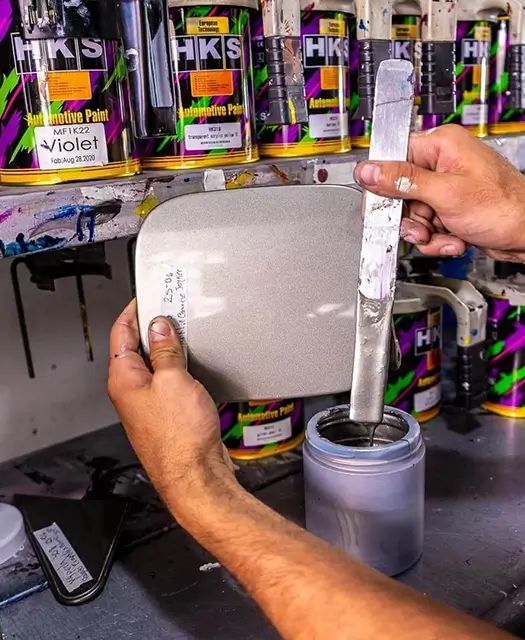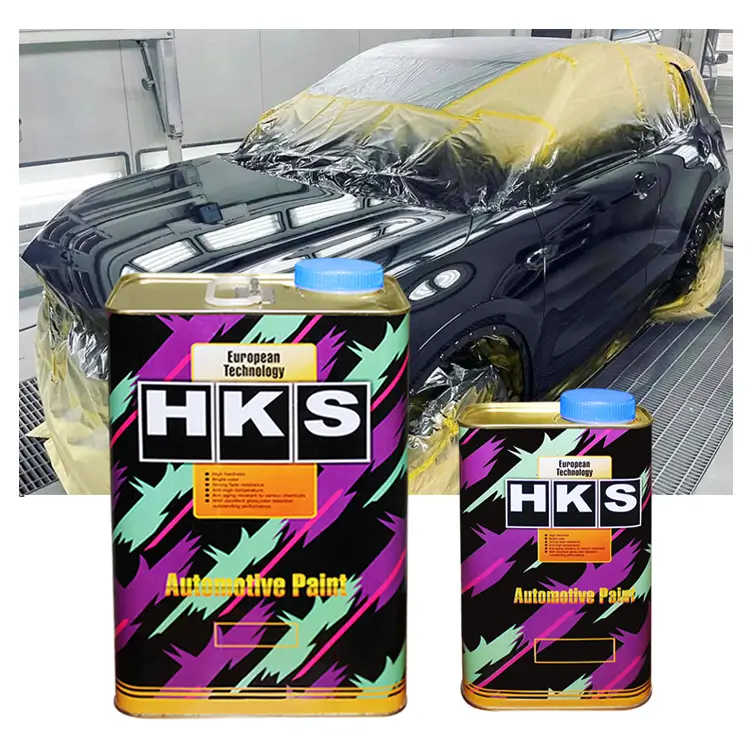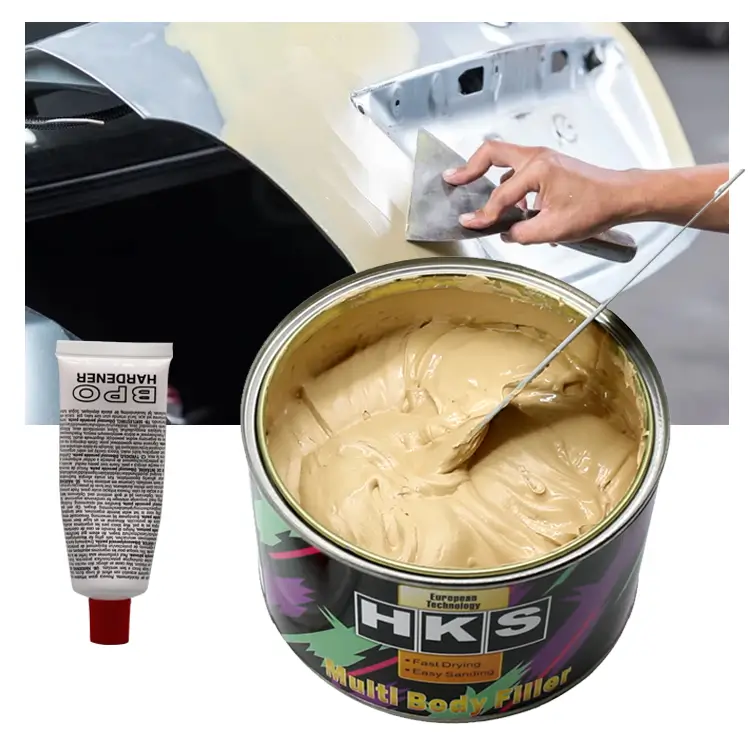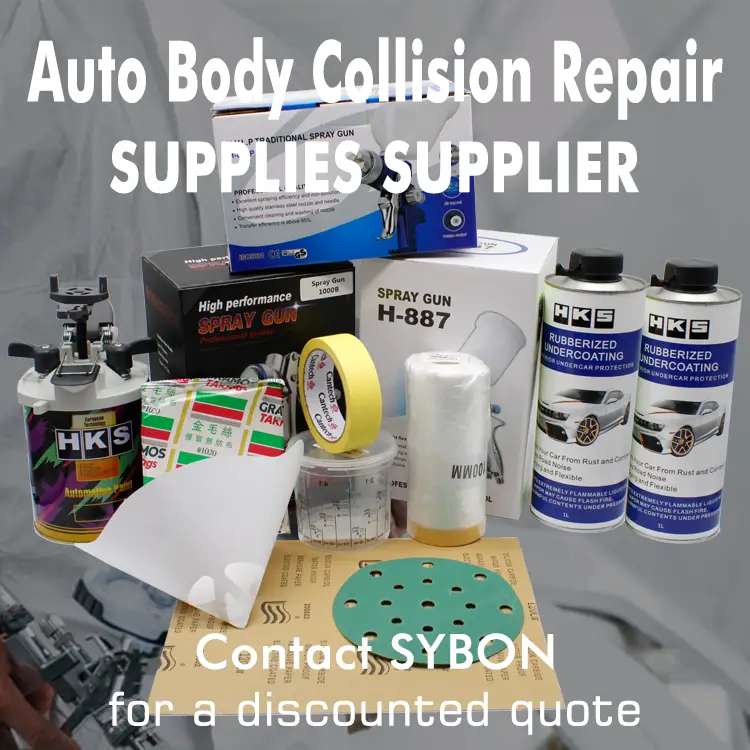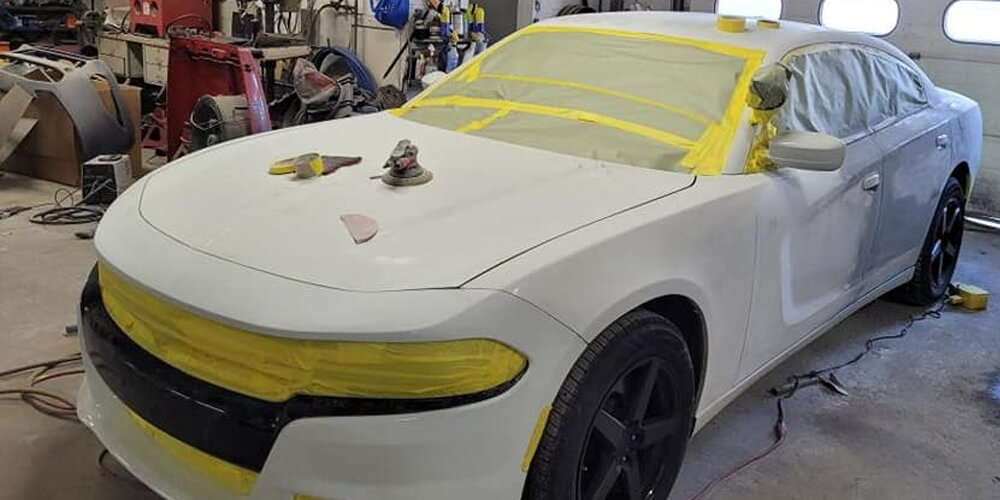Car Paint Repair
Welcome to our comprehensive guide on car paint repair. As a professional car paint manufacturer, we understand the importance of maintaining the pristine appearance of your vehicle. Over time, your car's paint may encounter scratches, chips, fading, and other imperfections that can diminish its overall appeal. In this detailed guide, we will walk you through every step of the car paint repair process, providing you with valuable insights, expert tips, and effective techniques to restore your vehicle's beauty to its former glory.
Section 1: Understanding Car Paint and its Composition
1.1 The Layers of Car Paint: Gain an in-depth understanding of the different layers of car paint, including the primer, base coat, and clear coat. Learn about their specific functions and how they contribute to the overall durability and aesthetic appeal of your vehicle's paint job.
1.2 Types of Car Paint: Explore different types of car paint, such as solvent-based paints and water-based paints, and their respective advantages and applications.
Section 2: Assessing the Damage
2.1 Identifying Types of Damage: Learn to identify various types of damage, including scratches, chips, dents, oxidation, and clear coat failure. Understand the characteristics of each type of damage and the appropriate repair methods required.
2.2 Damage Severity Assessment: Discover techniques to assess the severity of the damage and determine whether the repair can be done at home or requires professional intervention.
Section 3: Preparing for Repair
3.1 Surface Cleaning and Decontamination: Understand the importance of thoroughly cleaning the damaged area before initiating any repair work. Learn about proper washing techniques, clay bar application, and paint decontamination to ensure a clean surface for the repair.
3.2 Surface Preparation: Dive into the process of preparing the damaged area for repair, including sanding, feathering, and creating a smooth surface. Explore different sandpaper grits and tools required for specific repair tasks.
Section 4: DIY Techniques for Minor Damage
4.1 Touch-up Paint: Master the art of using touch-up paint to repair minor scratches and chips. Learn about color matching, application techniques, and blending to achieve seamless results.
4.2 Scratch Removal: Explore step-by-step methods for removing shallow to moderate scratches using various products like scratch removal compounds, polishing pads, and machine polishers.
4.3 Chip Repair: Delve into the process of repairing paint chips using touch-up paint, clear coat, and blending techniques to seamlessly integrate the repair with the surrounding paint.
Section 5: Professional Repairs for Extensive Damage
5.1 Seeking Professional Assistance: Understand when it's necessary to seek professional help for extensive damage, deep scratches, multiple panels, or intricate repairs that require specialized equipment and expertise.
5.2 Choosing a Professional Repair Shop: Discover essential tips for selecting a reputable car paint repair specialist, including certifications, experience, customer reviews, and warranty policies.
Section 6: Paint Matching and Color Blending
6.1 Color Code Matching: Learn about color codes and how to accurately match the original paint color of your vehicle. Explore methods such as using VIN (Vehicle Identification Number), paint code lookup tools, and color matching systems to ensure a precise color match.
6.2 Custom Color Mixing and Blending: Dive into the art of custom color mixing and blending techniques to match unique or custom-painted vehicles. Understand the importance of achieving a seamless transition between the repaired and original paint.
Section 7: Applying the Repair
7.1 Filling and Sanding: Learn the proper techniques for filling in deeper scratches, dents, and chips using appropriate fillers and putties. Understand the process of sanding the filled area to achieve a smooth and level surface.
7.2 Priming and Base Coating: Explore the steps involved in applying primer and base coat layers to ensure adhesion, color coverage, and an even surface for the final paint application.
7.3 Color Coat Application: Master the art of applying the color coat layer with precision and consistency. Learn about techniques such as brush application, spray guns, and airbrushing.
7.4 Clear Coat Application and Buffing: Understand the importance of applying a clear coat layer for protection and achieving a glossy finish. Explore the techniques of clear coat application and the subsequent buffing process to blend and polish the repaired area.
Section 8: Finishing Touches and Protection
8.1 Wet Sanding and Polishing: Discover advanced techniques such as wet sanding to level the repaired area and achieve a flawless finish. Learn about polishing compounds, polishing pads, and machine polishers to restore the shine and gloss of the repaired paint.
8.2 Paint Sealants and Waxing: Explore the benefits of applying paint sealants and waxes to protect the repaired area and the entire vehicle's paint surface. Learn about different types of sealants and waxes, application methods, and maintenance tips.
Section 9: Preventive Maintenance
9.1 Regular Washing and Care: Learn about the importance of regular washing, proper drying techniques, and using appropriate car wash products to maintain the longevity of your car's paint job.
9.2 Paint Protection Films and Coatings: Explore advanced preventive measures such as paint protection films (PPF) and ceramic coatings to provide long-term protection against scratches, UV rays, and environmental contaminants.
Conclusion:
By following this comprehensive guide, you now possess the knowledge and techniques required to tackle various types of car paint damage. Whether you opt for DIY repairs or seek professional assistance, restoring your vehicle's beauty is achievable. Remember to prioritize proper surface preparation, accurate color matching, and the use of high-quality materials to ensure long-lasting results. With regular maintenance and preventive measures, you can protect your car's paint and enjoy a stunning, showroom-worthy finish for years to come.
Source of this article:https://www.supersybon.com
Get to know us through more channels:

